Name: Kasuga Taisha National Treasure Hall
Address: 160 Kasugano-cho, Nara City
Official site URL: http://www.kasugataisha.or.jp/h_s_tearoom/museum/index.html
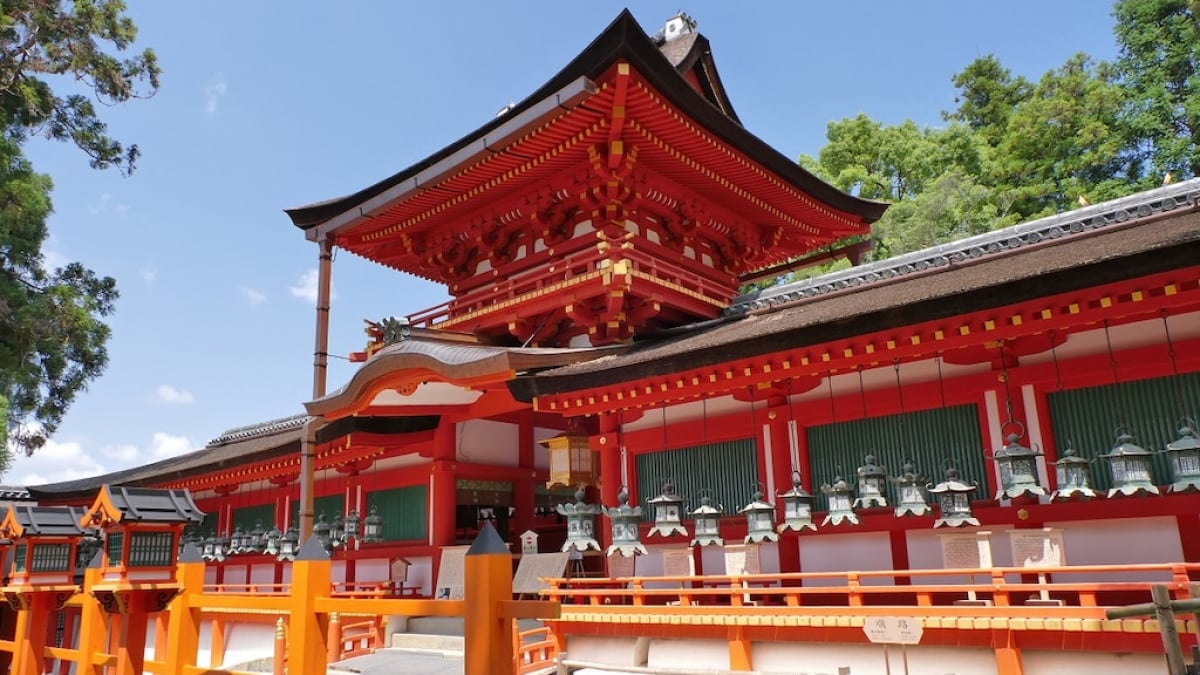
Kasuga Taisha: One of Nara’s Premier Power Spots! Here Are the Tourist Highlights!
Kasuga Taisha is the head shrine of some 3,000 Kasuga shrines nationwide. Built as the guardian deity of the ancient capital Heijō-kyō in the early Nara period, its origins date back roughly 1,300 years. Nara boasts eight World Heritage Sites under “Historic Monuments of Ancient Nara,” and Kasuga Taisha is one of them, situated in a corner of Nara Park. In addition to its main sanctuary—dedicated to four deities—you’ll find 3,000 lanterns known as Kasuga lanterns, the Wakamiya sub-shrine and the pilgrimage of its 15 branch shrines, and the deer said to be divine messengers. Here are the key sightseeing points for this powerful Nara destination, Kasuga Taisha.
table of contents
[x] close
Kasuga Taisha: One of Nara’s Premier Power Spots! Here Are the Tourist Highlights!
1. The National Treasure Hall

The National Treasure Hall, newly completed in October 2015 within the Kasuga Taisha precincts, replaces the former treasure repository with a modern museum focus. It houses 352 National Treasures and 971 Important Cultural Properties, including one of Japan’s largest example of a kaga-daiko (drum) once used in ritual. The scale is ideal for a quick visit after worship.
Adjacent to the gallery is the café-shop “KAON,” inspired by the primeval forest of the spring-fed Kasuga woods. Here you’ll find original goods and sweets—and the Instagram-worthy oiri soft-serve, among other menu delights.
2. Manyō Botanical Garden

Opened in 1932, the Manyō Botanical Garden is Japan’s oldest garden dedicated to plants mentioned in the Manyō-shū poetry anthology.
Spanning some 3 hectares just beyond the shrine’s main gate, it’s divided into four sections—Manyō En, Gokoku no Sato, Camellia Garden, and Wisteria Garden—and cultivates about 300 native species. The Wisteria Garden alone boasts 20 varieties and roughly 200 vines of the shrine’s emblematic flowers. Peak bloom runs from mid-April to early May.
3. Kasuga Nicha-ya
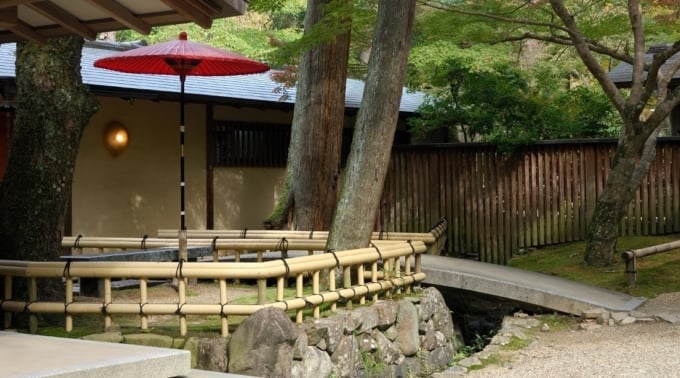
Located on the approach near the main gate, Kasuga Nicha-ya serves the famed Manyō porridge, garnished each month with seasonal vegetables tied to the Manyō-shū—seven-herb rice porridge in January, nanohana dishes in March, and thin green tea porridge in July and August.
You’ll also find local specialties like persimmon-leaf sushi and kuzumochi, plus sweets such as zenzai, matcha, kakigōri, and persimmon cake—perfect for a restful break before or after worship.
4. Meoto Daikoku-sha
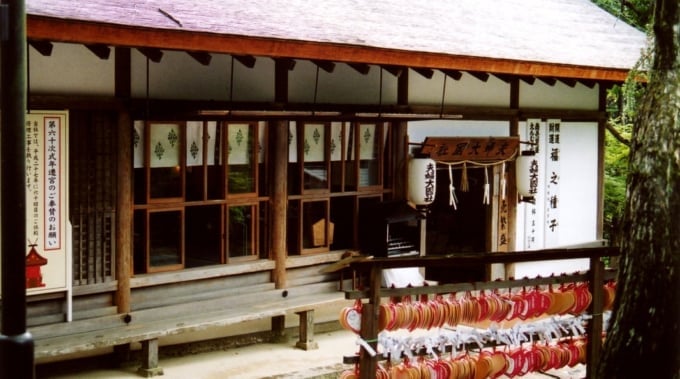
Meoto Daikoku-sha is the only place in all of Japan where the deity Ōkuninushi is enshrined together with his wife. For this reason, it is famous as a god of matchmaking and has become a power spot that many people visit. Located within the precincts of Kasuga Taisha, the enshrined deities are Ōkuninushi no Mikoto and his wife Suseri-hime no Mikoto, and their divine statues are very rarely made available for public viewing.
Occasionally, their divine statues are displayed to worshippers—a rare and auspicious sight. The ema (votive plaques) here are heart‑shaped and pink; couples often inscribe both names in hopes of marriage. Whether alone or with a partner, visit to pray for “harmonious marriage” and “good relationships.”
5. Kasuga Taisha Events
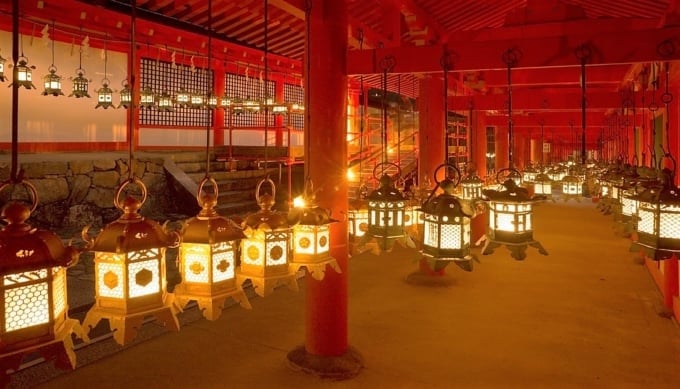
Kasuga Taisha hosts many events year‑round. The most enchanting is the Mantōrō lantern festival: twice annually, on Setsubun in February and Chūgen in August, some 3,000 lanterns are lit, bathing the precinct in a breathtaking, magical glow.
Another favorite is the deer antler‑trimming ceremony, a tradition dating back to the Edo period that ensures the safety of deer and visitors alike—drawing crowds to watch the swift interaction between the handlers and the deer.
◎ Regarding Kasuga Taisha’s Goshuin
Collecting goshuin (shrine stamps) has become a nationwide craze for all ages, and Kasuga Taisha offers two locations for them: the main shrine and Meoto Daikoku-sha. At the main shrine you can receive the standard Kasuga Taisha goshuin.
At Meoto Daikoku-sha, you can obtain four varieties: Kinryū Shrine, Wakamiya Shrine, the pilgrimage of 15 Wakamiya branch shrines, and Meoto Daikoku-sha itself. With blessings ranging from household safety and marital harmony to matchmaking, business prosperity, and artistic success, the combined goshuin cover a wealth of divine favor. Be sure to collect them on your pilgrimage!
RELATED ARTICLES
REGIONS
CATEGORIES
FEATURED ON nara
-
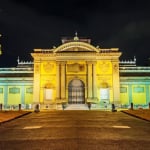
5 Highlights of the Nara National Museum! Learn About Nara’s History Here
-
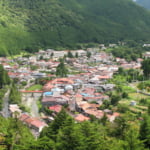
7 must-see tourist spots to enjoy Dorogawa Onsen and nature in the historic post town of Tenkawa Village
-

8 must-visit tourist spots in Yoshino Town that let you rediscover the beauty of Japan
-

[3-Day Autumn Weekend] Must-Visit Destinations in Japan This September – Avoid the Crowds!
-

Perfect for Weekend Trips Along the Kintetsu Line! A Weekend Journey with the “Kintetsu Weekend Free Pass”♪
MOST POPULAR ON nara
-
 1
1Doha: Must-see Attractions in the Capital of Qatar
-
 2
2Toronto: 10 Things to do in this Picturesque Canadian City
-
 3
3Amarillo: A City Famous for It’s Amazing Canyons, Great History and Music
-
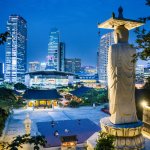 4
4South Korea: Dazzling Scenery, Rich Culture and Fascinating History
-
 5
5Kuwait: A Country in Middle East Asia Famous for Hot Sand Dunes and Stunning Cityscape





